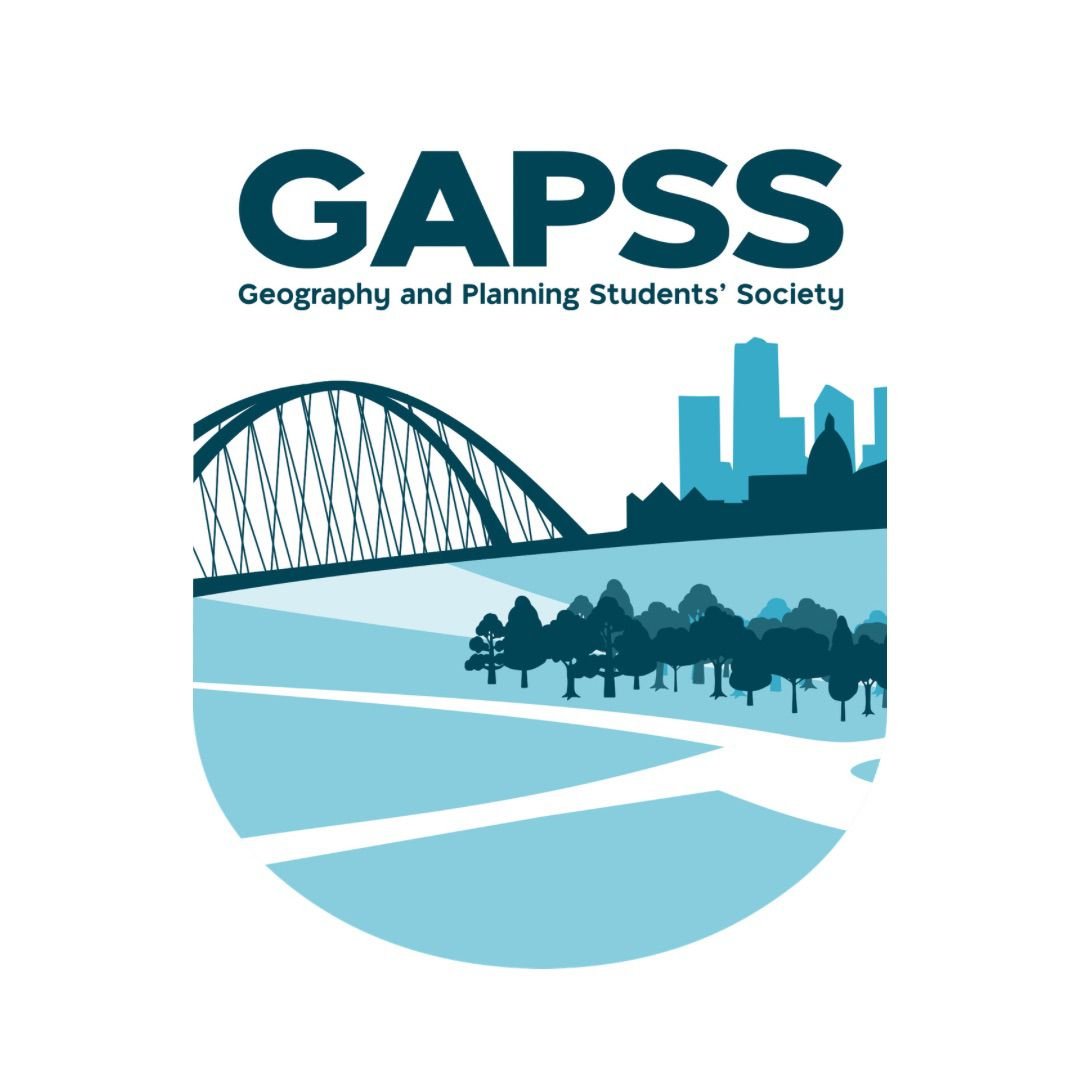Arcology - Dale Hodges Park and The Flussbad Project
/Blog post written by Bronwyn Neufeld
In 2018, I saw an exhibit of Paolo Soleri's work at the Scottsdale Museum of Contemporary Art in Arizona. This exhibit introduced me to the idea of Arcology. Soleri, an Italian architect, coined the term Arcology (the fusion of architecture and ecology), a design concept that combines the built environment of cities and natural ecosystems. The idea is that a city is a self-sufficient organism and as it evolves it becomes both more complex and more efficient [1]. He called his version of this type of city “Arcosanti” (model from the 2018 exhibition shown below). His objective was to create more sustainable development models for cities in the future. [1]
Paolo Soleri’s Model Arcosanti (2018)
Many people view Arcologies, such as Arcosanti, as utopian and idealistic. While it may be true that there have not been any major successful Acologies established since the first attempt in 1970, the idea of creating efficiencies in cities has persisted. I think that there are concepts that we can draw from Paolo Soleri’s original idea of Arcology and apply to urban projects around the world.
Concept I: Combining Function and Activity in Urban Spaces
“In cities around the world, we empirically observe the benefits of combining functions and activities within urban space. [1]”
Dale Hodges Park Redevelopment - Calgary, Alberta
Dale Hodges Park is a public park that doubles as a fully functional stormwater management system. This project is the perfect example of combining function and activity in an urban context. It is not immediately obvious walking through the park that it is also a stormwater management system. The park is designed to follow the natural movement of runoff water towards the Bow River, as shown in the figure below. The redevelopment goal was to reclaim the former Klippert Gravel Pit and the opportunity arose to create a public space that met both a functional and aesthetic goal. The project was a collaboration between O2 Planning + Design, Source2Source, Aecom, Wilco Contractors and, the Watershed+ program led by artists Sans façon. [7]
Photo Courtesy of O2 Planning and Design [6]
Photo Courtesy of O2 Planning and Design [6]
Concept II: Optimizing What Already Exists
Flussbad - Berlin, Germany
The Spree River runs through the city of Berlin and like many urban river systems is subjected to large amounts of pollution and waste. The target area of The fussbad project is the Kupfergraben [9] a canal-like section of the Spree that runs through the historic center of Berlin. This piece of infrastructure has been around since 1885 [11] and has been an important part of Berlin’s history [9].
“The flussbad project’s aim is primarily to reduce the deleterious influence of civilization on the river as an ecosystem. [5]”
More specifically, the project’s goal is to make it possible for people to swim and natural ecosystems to redevelop in the Kupfergraben section of the Spree by implementing filters and adjusting the flow rate [5]. The driving force of the flussbad project is twofold. The primary focus is the optimization of public spaces, making it a place for the people of Berlin to come and enjoy the city while also fostering environmental remediation. The second focus is tackling the problem of excess unfiltered wastewater that is dumped into the Spree River due to the lack of significant systems to handle rainfall events[5]. The architect team working on the project hopes to combine these issues and create a design that tackles both at the same time [8]. This project is a perfect example of utilizing what already exists and optimizing the potential it holds to build a more “arcological” city.
Courtesy of realities:united [12]
Courtesy of realities:united [12]
These are just 2 examples of concepts that can be drawn from Soleri’s Arcology and applied to urban projects. As our cities become more and more complex it seems only fitting that solutions will start to become equally complex.
References
[1] What Is Arcology? | Ideology of Paolo Soleri | Arcosanti] - https://www.arcosanti.org/arcology/
[2] Arcology: The City In The Image Of Man - Paolo Soleri (organism.earth) https://www.organism.earth/library/document/arcology
[3] Nautilus Pond™ – Source 2 Source https://source2source.ca/nautilus-pond/
[4] Dale Hodges Park (calgary.ca) https://www-prd.calgary.ca/csps/recreation/public-art/dale-hodges-park-public-artwork.html
[5] ArchShowcase - Flussbad in Berlin, Germany by realities:united (aeccafe.com) https://www10.aeccafe.com/blogs/arch-showcase/2012/04/11/flussbad-in-berlin-germany-by-realitiesunited/
[6] Dale Hodges Park — O2 Planning + Design (o2design.com) https://www.o2design.com/dale-hodges-park
[7] Dale Hodges Park (calgary.ca) https://www.calgary.ca/csps/recreation/public-art/dale-hodges-park-public-artwork.html
[8] Urban Space - Flussbad (flussbad-berlin.de) https://www.flussbad-berlin.de/en_US/project/urbanspace
[9] River Water - Flussbad (flussbad-berlin.de) https://www.flussbad-berlin.de/en_US/projekt/spreewasser
[10] Ecology - Flussbad (flussbad-berlin.de) https://www.flussbad-berlin.de/en_US/projekt/oekologie
[11] Kupfergraben (Spree) - Wikipedia https://en.wikipedia.org/wiki/Kupfergraben_(Spree)#:~:text=From%20the%20middle%20of%20the,1885%2C%20the%20Kupfergraben%20was%20widened.
[12] Press - Flussbad (flussbad-berlin.de) https://www.flussbad-berlin.de/press






